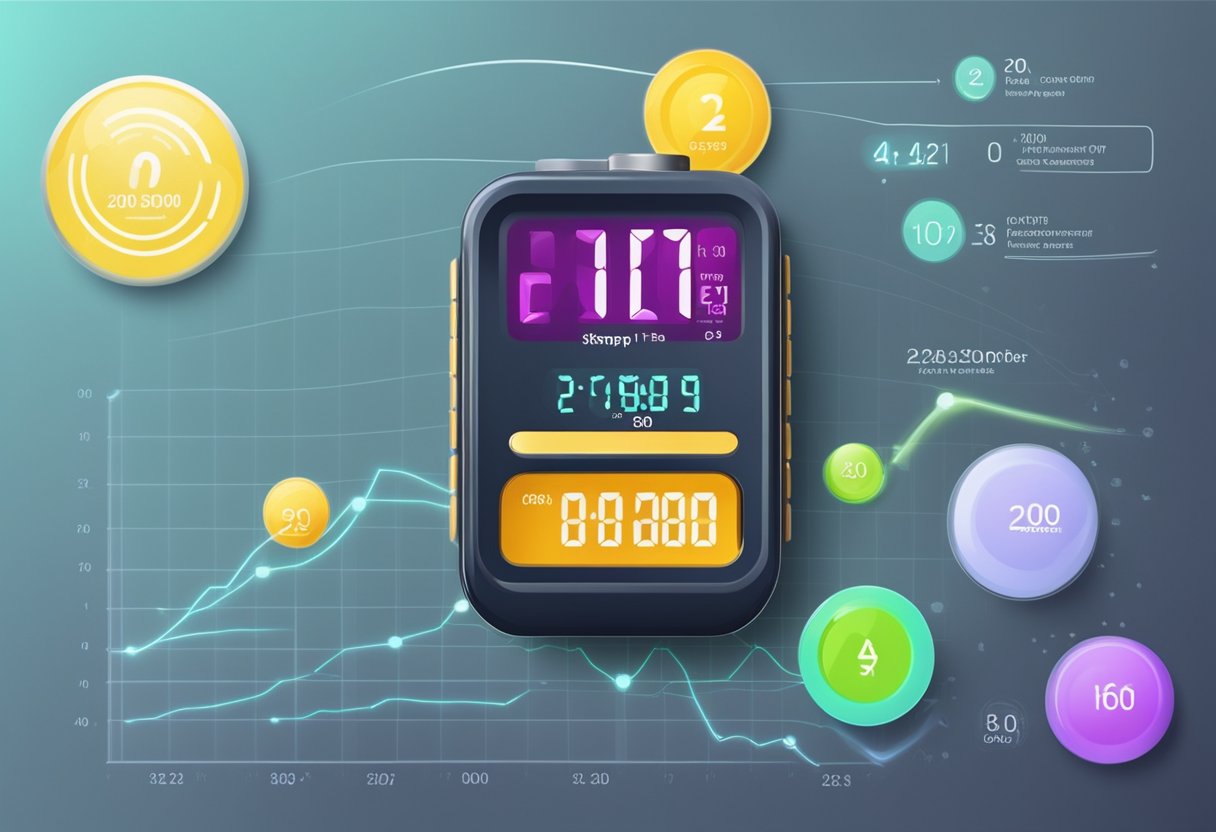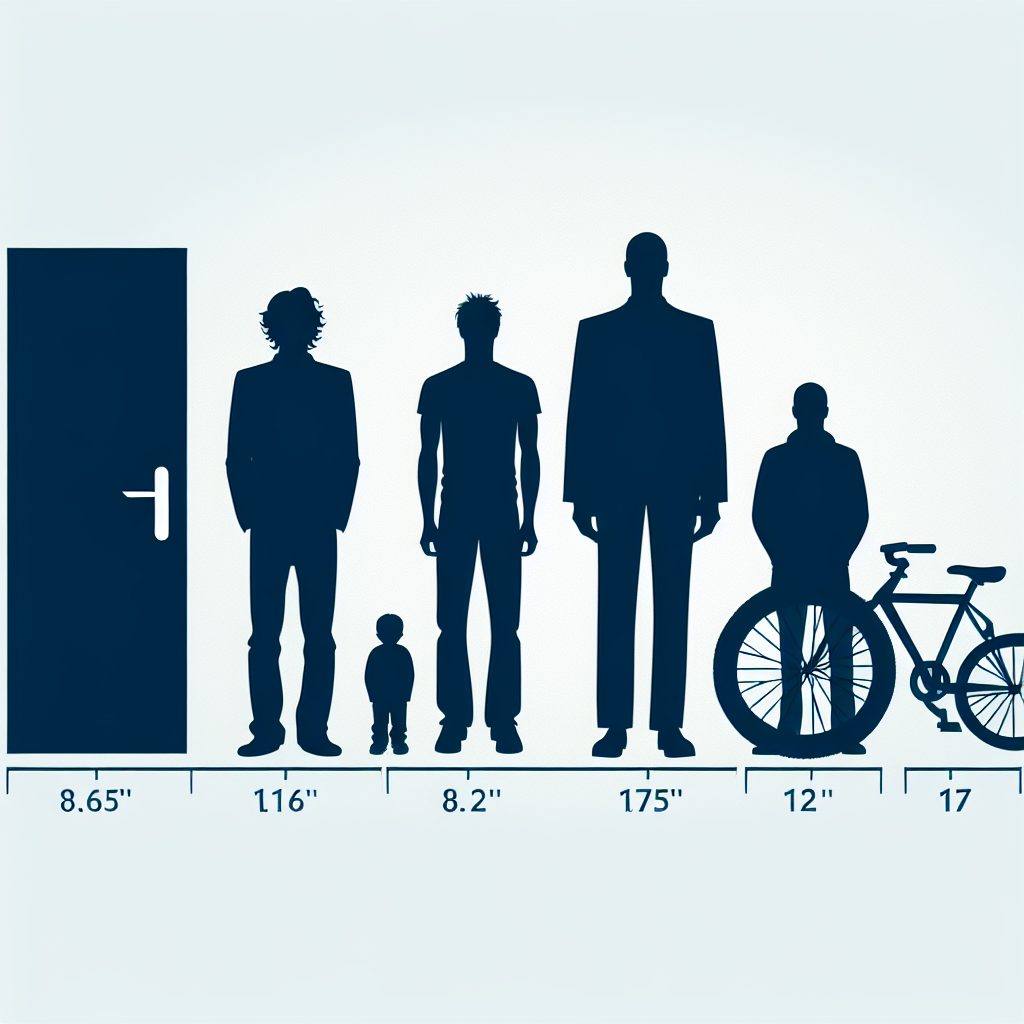How to Properly Measure Blood Pressure at the Wrist: A Comprehensive Guide
Learn the correct techniques and tips for measuring blood pressure at your wrist to ensure accuracy and reliable results.

Understanding Wrist Blood Pressure Measurement
Measuring blood pressure at the wrist can be a convenient method, especially for those who are uncomfortable using traditional arm cuffs. However, to achieve accurate readings, it’s essential to understand the correct technique.
Why Choose Wrist Blood Pressure Monitors?
- Portability: Wrist monitors are typically smaller and more portable than arm monitors.
- Ease of Use: They are easier to put on and might be more comfortable for some individuals.
- Less Pressure on Arms: Suitable for those with larger arms or mobility issues.
Step-by-Step Guide to Properly Measure Blood Pressure at the Wrist
Follow these steps to ensure that your wrist blood pressure measurements are accurate and reliable:
1. Choose the Right Monitor
Select a wrist blood pressure monitor that is clinically validated. Look for models that are approved by reputable health organizations.
2. Prepare for the Measurement
- Rest: Sit quietly for at least 5 minutes before taking your measurement.
- Position: Ensure you are seated comfortably with your back supported and feet flat on the floor.
- Avoid Stimulants: Don't consume caffeine or engage in physical activity 30 minutes before the measurement.
3. Correct Hand and Wrist Positioning
Correct positioning is crucial for accurate readings:
- Use the Right Arm: Ideally, use the arm your doctor recommends (usually the left unless stated otherwise).
- Height Level: Raise your wrist to heart level; use a table or armrest for support.
- Flat Hand: Keep your palm facing up with the monitor on the inside of your wrist.
4. Apply the Cuff Properly
Each monitor comes with specific instructions on how to wear it, but the general rules include:
- Skin Contact: The cuff should directly touch the skin and be neither too tight nor too loose.
- Positioning: Position the cuff about 1 cm above the wrist bone, ensuring the artery indicator mark aligns with the artery, which is on the palm side of your wrist.
5. Taking the Measurement
Press the start button to begin the measurement. Remain still and silent during the process as any movement can affect accuracy. Wait until the monitor completes its reading before looking at the display.
Common Mistakes and How to Avoid Them
- Incorrect Arm Position: Ensure your wrist is at heart level; otherwise, readings may be significantly distorted.
- Rushing the Measurement: Always allow for a sufficient rest period prior to measurement.
- Not Calibrating: Regularly check that your monitor is calibrated according to the manufacturer’s instructions.
Interpreting Your Blood Pressure Readings
Once you have taken your measurement, you’ll see two numbers:
- Systolic Pressure: The higher number indicates the pressure when your heart beats.
- Diastolic Pressure: The lower number denotes the pressure when your heart is at rest between beats.
In general, blood pressure is classified as:
- Normal: Less than 120/80 mmHg
- Elevated: 120-129/<80 mmHg
- Hypertension Stage 1: 130-139/80-89 mmHg
- Hypertension Stage 2: 140 or higher/90 or higher mmHg
When to Consult a Doctor
If you consistently get readings higher than normal, it may be time to consult a healthcare professional. They can provide guidance on next steps, including lifestyle changes, medications, and more thorough assessments.
Conclusion
Measuring blood pressure at the wrist can be quick and effective if done correctly. By following these guidelines, you can ensure that your readings are accurate, giving you and your healthcare provider the information needed to manage your health effectively.
For more information on proper blood pressure monitoring techniques, consult the American Heart Association or your healthcare provider.
New posts

Understanding Normal Pulse Rates: What Is a Normal Pulse?
Fitness

Understanding Ruhepuls 60: A Guide to Optimal Heart Rate
Fitness

Understanding Ruhepuls 45: The Ideal Resting Heart Rate for Your Health
Fitness

Understanding Normal Pulse Pressure: What You Need to Know
Lifestyle

Low Blood Pressure and Trembling: Understanding the Connection
Wellness

Understanding Low Blood Pressure at Night: Causes, Symptoms, and Management
Wellness

Understanding Pulsdruck: Key Insights into Your Blood Pressure Dynamics
Wellness

Understanding Why You Might Experience Niedriger Blutdruck
Lifestyle

Effective Strategies to Lower Blood Pressure
Fitness

Understanding Low Blood Pressure and Tiredness: Insights and Solutions
Lifestyle
Popular posts

Understanding Low Blood Pressure and Tiredness: Insights and Solutions
Lifestyle

Effective Strategies to Lower Blood Pressure
Fitness

Understanding Blood Pressure: What Does 140/80 Mean?
Lifestyle

Navigating Low Blood Pressure and High Pulse: Key Insights
Wellness

Understanding Low Blood Pressure with High Pulse Rate
Wellness

Understanding Normal Blood Pressure: A Deep Dive
Wellness

Effective Strategies for Managing Heart Palpitations: What to Do When Experiencing Herzrasen
Lifestyle

Recognizing the Symptoms of High Blood Pressure
Wellness

What to Do When You Have a High Heart Rate
Lifestyle

Understanding Low Blood Pressure: What Does the Lower Value Mean?
Wellness